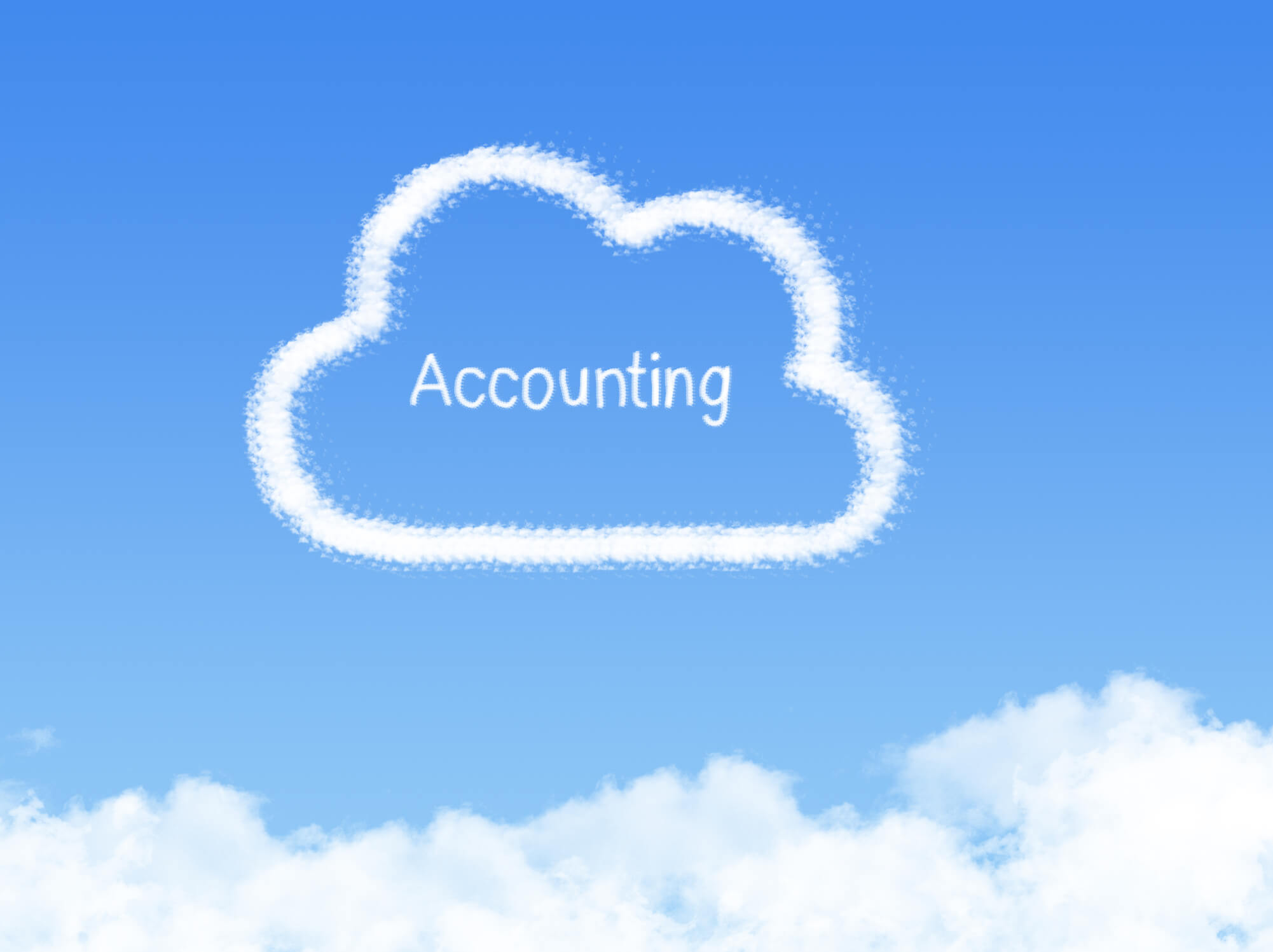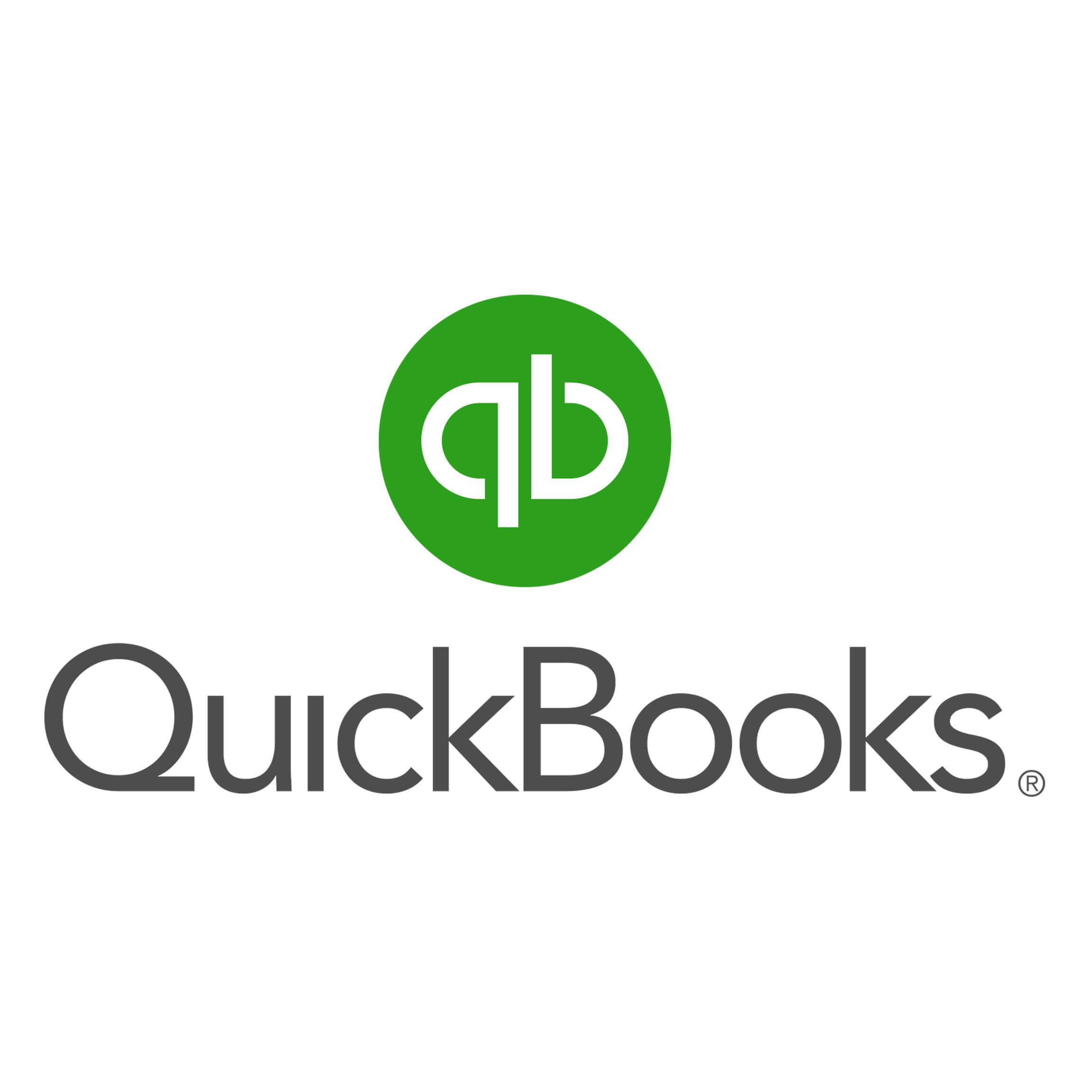Cloud accounting is the same as traditional accounting and bookkeeping procedures but done on accounting software. The cloud accounting tool is hosted on remote servers, similar to the SaaS (Software as a Service) business model. Data is sent to the server into a ‘cloud,’ where it is processed and sent back to the user. All application functions are done off-site, into the cloud, not on the desktop. The accounting functions are done online and not on desktop software. The internet or other network is used for the process. Users access the cloud accounting tool through a cloud application service provider. The software has not been installed on a computer. It can be accessed from any place in the world, provided the cloud application service provider is present.

Smart Management and Organization from Anywhere
Cloud accounting tools have multi-user access. A user has access to accounting and bookkeeping data anywhere and anytime in the world. You can spend time on other activities related to business operations or spend your quality time with family. You can access cloud accounting software while sitting at home and keep yourself updated with the accounting and bookkeeping functions in your business. You have an up-to-date view of your business’s financial status to make the right decisions at the right time. All team members can access the required information whenever and wherever needed. A better relationship is built with the accountant. You can access accounting data online and then give quality time to your accountant for discussion related to business bookkeeping.
Relationships with Vendors Improved
For small business owners, vendors are essential and play a vital role in the business’s success. The relationship with the supplier is often disturbed by late payments. A Cloud-accounting tool prevents this situation. A business owner can easily search the status of the bill and can advise for quick payments.
Eco-Friendly System
Go paperless in accounting and bookkeeping. This step is eco-friendly, and paperwork takes a lot of time for accountants and business owners. Small business owners need time to interpret accounting information. Accounting software makes it easy to understand accounting information. Cloud accounting tools reduce upfront business costs. You do not face regular maintenance and upgrading the system.

A Few Cloud Accounting Tools and their Benefits
Here are five cloud-based accounting tools with reasonable prices for small business owners.
FreshBooks
You can access FreshBooks from a desktop computer and mobile phone. You can easily track expenses, make online payments, generate customized invoices, generate reminders of late payments, see purchase history with time-tracking, client records, and management of different projects with different rates.
QuickBooks Online
QuickBooks is used to:
- Generate invoices with the logo of your company and with all details required by the customers
- Process payrolls according to HR policies
- Manage all business transactions, including bills from suppliers and vendors
- Manage Inventory
- Track expenses
Kashoo
- Create professional invoices
- Categorize income and costs
- Connect with online credit cards and bank accounts
- Online Sharing of data with an accountant

Outright
Outright is an online cloud accounting tool for accounting software and is used for tracking expenses, profit, sales, and customers. Bank accounts and other sites like PayPal, eBay, FreshBooks, and web stores can be connected to Outright, and data can be easily exported from one app to another.
Xero
- Dashboard with bank balances, expenses, and invoices
- Tracks cash flow in real-time
- Data can be shared and is accessible to the accountant and others
- Scheduling of payments and returns
Apple, Blackberry, and Android applications are available. Many add-ons like CRM, invoicing, inventory management packages are also available on demand.
Conclusion:
Cloud Accounting tools make bookkeeping and accounting operations easy and less time-consuming. A Cloud Accounting tool provides small business owners with high feasibility in accounting and bookkeeping at reasonable costs.
 About Complete Controller® – America’s Bookkeeping Experts Complete Controller is the Nation’s Leader in virtual bookkeeping, providing service to businesses and households alike. Utilizing Complete Controller’s technology, clients gain access to a cloud-hosted desktop where their entire team and tax accountant may access the QuickBooks™️ file, critical financial documents, and back-office tools in an efficient and secure environment. Complete Controller’s team of certified US-based accounting professionals provide bookkeeping, record storage, performance reporting, and controller services including training, cash-flow management, budgeting and forecasting, process and controls advisement, and bill-pay. With flat-rate service plans, Complete Controller is the most cost-effective expert accounting solution for business, family-office, trusts, and households of any size or complexity.
About Complete Controller® – America’s Bookkeeping Experts Complete Controller is the Nation’s Leader in virtual bookkeeping, providing service to businesses and households alike. Utilizing Complete Controller’s technology, clients gain access to a cloud-hosted desktop where their entire team and tax accountant may access the QuickBooks™️ file, critical financial documents, and back-office tools in an efficient and secure environment. Complete Controller’s team of certified US-based accounting professionals provide bookkeeping, record storage, performance reporting, and controller services including training, cash-flow management, budgeting and forecasting, process and controls advisement, and bill-pay. With flat-rate service plans, Complete Controller is the most cost-effective expert accounting solution for business, family-office, trusts, and households of any size or complexity.
















